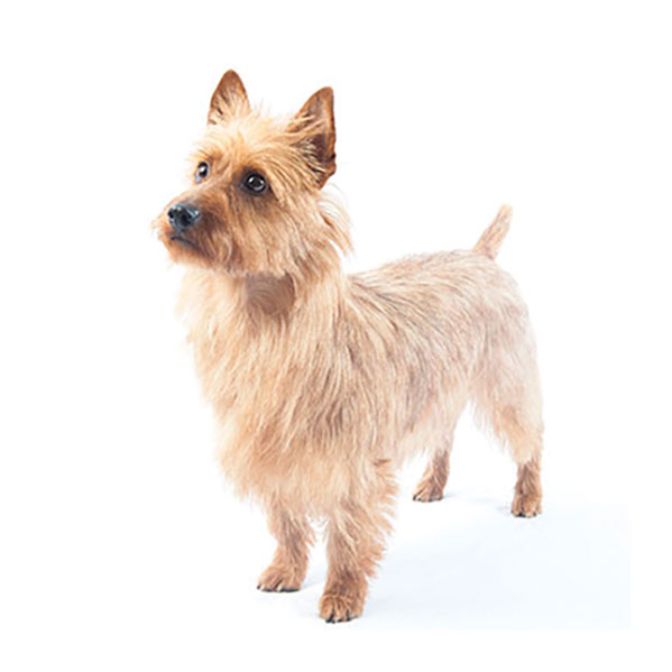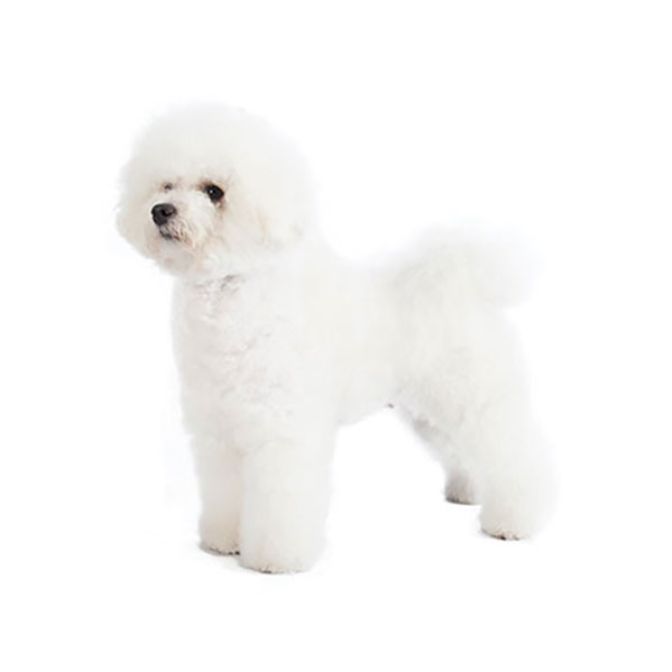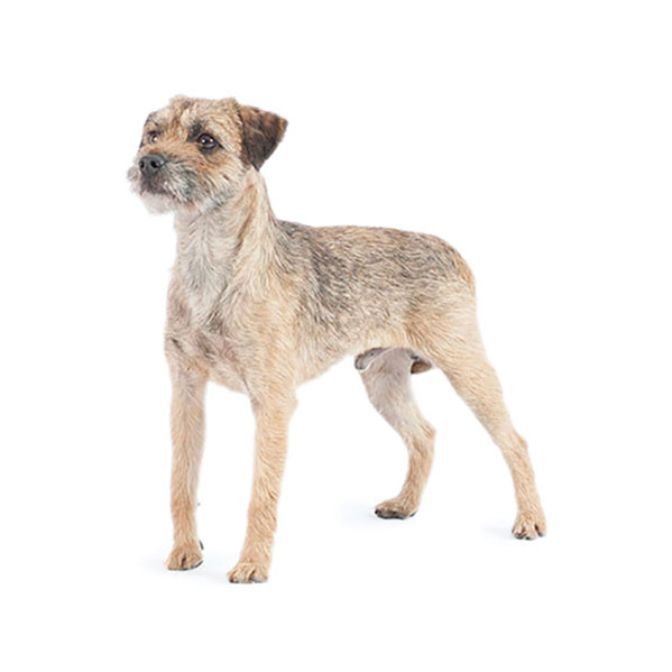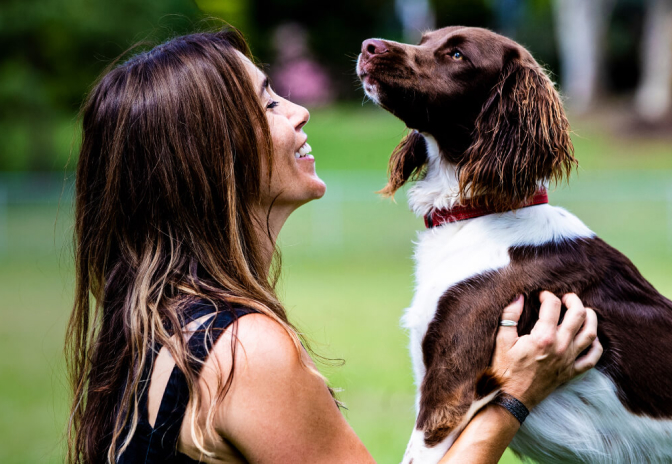Shar pei
Medium
Smooth
Males and females should measure between 46 - 51cm
Medium
Males and females should weigh around 18kg
Obedience, Tracking, Agility, Hunting
Well-socialised Shar Pei make superb family dogs who are devoted to their owners and children. They are loyal, playful and active but can also be stubborn and territorial if not trained properly when young. They are naturally suspicious of strangers. They will be fine with cats if they have been introduced to them when puppies but there can be problems mixing with other dogs. They love being indoors and hate the cold.
Shar Pei are easily recognisable by the loose folds of skin on their bodies and their ‘frowning ’expressions. They are squarely built and short-coupled and look powerful with good bone. They are balanced dogs who should move freely and vigorously. Their coat is also a distinctive feature of the breed: it is short and bristly and harsh to the touch. Whilst it is straight and stand-offish on the body, it is flatter on the limbs.
Care is required with the Shar Pei especially when still a puppy. Some lines have very close-set tails and these must be inspected and cleaned to prevent infection. Shampoos must be chosen with care and, as the nails grow very quickly, must be trimmed regularly. The eyes as well should be inspected daily. The coat itself just needs a going over with a soft brush.
It is important that prospective owners choose their puppy carefully from well-established breeders. Conformational defects as in upstanding ears and excessive skin and wrinkles can occur. Bowed legs, joint luxations, HD are also known. Excessive skin around the eyes can cause entropion. Kidney disease, IgA deficiency, amyloidosis and hypothyroidism have also been reported. Whilst skin diseases were a problem in the past, careful breeding has now eliminated these.
They are quite expensive to keep as quality food should be used, although the protein levels should not be high. From 6 months of age, they should be fed adult food.
The Shar Pei is centuries old and is a cross of the mastiff and Nordic breeds. The blue tongue is a characteristic it shares with the Chow Chow and this breed too is also responsible for its make-up.
The Shar Pei was originally considered a delicacy in China and the outlawing of them as pets on the mainland forced the breed into near extinction. Thankfully Matgo Law, a concerned breeder, was able to inspire interest in the Western world and the breed was saved. When Shar Pei first came across to America in the early 1970’s they classified as the rarest breed in the world.
The Shar Pei is a member of the utility group. They were originally bred as gladiators in the pits for entertainment at night and for hunting, herding and protecting during the day. And also, as a delicacy! Today they are used for companions and seen in the show ring. Worth noting is that there is no plural for Shar Pei.





